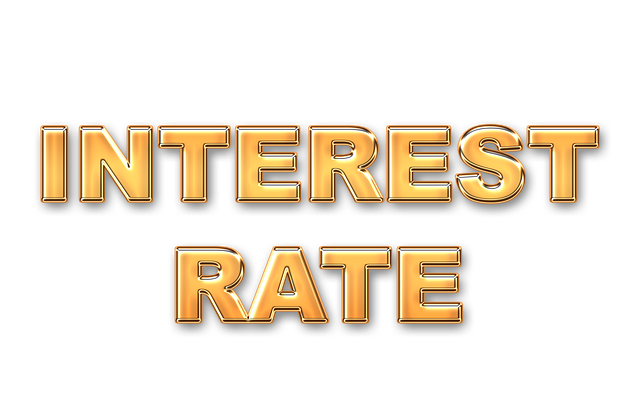Understanding mortgage affordability is crucial for navigating the real estate market and ensuring long-term financial stability. Key factors include interest rates, down payments, cost of living, credit scores, and loan types (fixed-rate vs. adjustable-rate mortgages). To manage risk, individuals should diversify income, reduce debt, free up cash flow for larger down payments, explore innovative financing options like refinancing or ARMs, build an emergency fund, and leverage tax benefits associated with homeownership.
In today’s competitive real estate market, understanding monthly payment affordability is paramount for both buyers and investors. This article delves into the key factors influencing mortgage affordability, offering valuable insights for navigating this crucial aspect of homeownership. From assessing income and debt to exploring different loan options, we explore strategies to enhance monthly payment sustainability. By the end, readers will be equipped with the knowledge needed to make informed decisions in the real estate sector.
Understanding Monthly Payment Affordability in Real Estate

Understanding monthly payment affordability is a crucial aspect of navigating the real estate market, as it directly impacts an individual’s financial well-being and long-term stability. In simple terms, it refers to the ability of buyers to cover their mortgage payments each month without causing significant strain on their budget. This concept is particularly important in the competitive real estate sector, where property prices often rise sharply over time.
When evaluating affordability, prospective homebuyers should consider various factors, such as interest rates, down payment amounts, and the overall cost of living. Lenders typically assess a borrower’s debt-to-income ratio to ensure that monthly mortgage payments are manageable relative to their income. In the real estate industry, keeping a close eye on these financial metrics helps buyers make informed decisions, avoids potential pitfalls, and contributes to a sustainable and prosperous investment journey.
Factors Affecting Mortgage Affordability

When considering mortgage affordability in real estate, several factors come into play. One key aspect is interest rates, which significantly impact the overall cost of borrowing. Even minor fluctuations can make a substantial difference in monthly payments over the life of a loan. Additionally, the size of the down payment plays a crucial role; larger down payments can reduce the principal amount borrowed, thereby lowering future interest expenses.
Another critical factor is the borrower’s credit score, as it influences the lender’s assessment of risk. A higher credit score often results in more favorable terms and lower interest rates. Moreover, the type of mortgage program chosen—whether it’s a fixed-rate or adjustable-rate mortgage (ARM)—will affect affordability due to varying interest rate structures and potential term differences.
Strategies to Enhance Monthly Payment Sustainability

To enhance monthly payment sustainability in real estate, individuals and families can employ several strategic approaches. One key method is to increase income through career advancement or additional sources of revenue. This can significantly improve cash flow, allowing for larger down payments and more affordable monthly installments. Additionally, prioritizing debt reduction is essential. By paying off high-interest loans or credit cards, borrowers can lower their overall financial burden, making it easier to manage mortgage payments alongside other expenses.
Another effective strategy involves exploring different financing options. Refinancing at lower interest rates or considering adjustable-rate mortgages (ARMs) can provide temporary relief from monthly payment pressures. Moreover, building an emergency fund to cover unexpected costs prevents financial strain that could affect mortgage affordability. Property owners should also take advantage of tax benefits and deductions associated with homeownership in real estate, which can offset a portion of their monthly payments.






